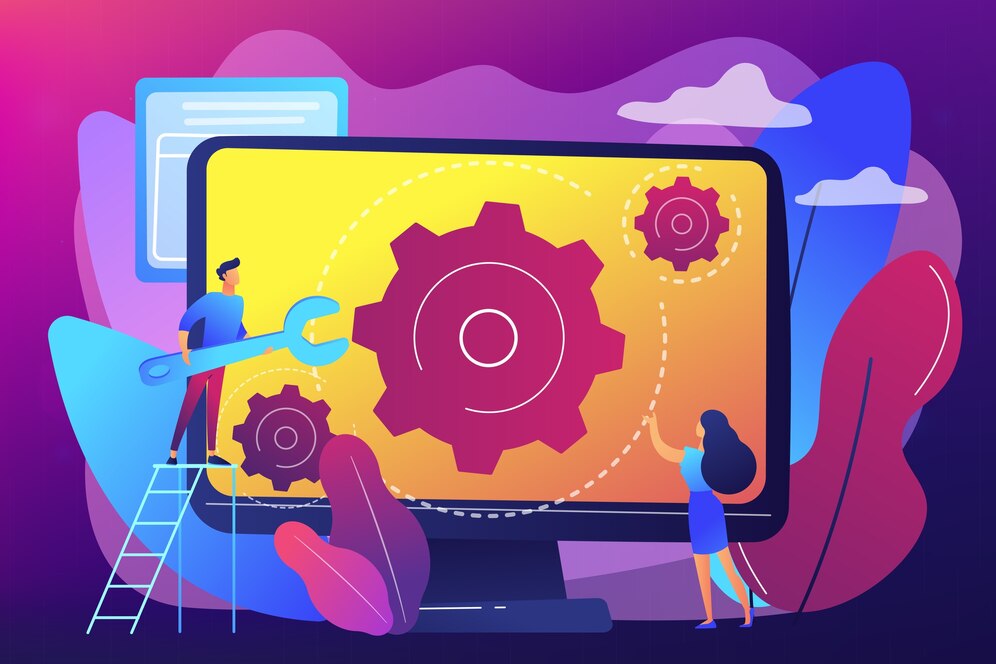OS full form: Operating System

OS Full Form and its Crucial Role
In the world of technology, the acronyms that define our devices and digital experiences often hold the key to understanding the intricate workings of the digital realm. The acronym OS, a fundamental cornerstone of every computing device, plays an essential role in shaping our interactions with technology. The full form of OS is “Operating System.” In this article, we will delve into the OS full form, comprehend its significance, and explore how it influences the way we interact with computers, smartphones, and other devices.
Deciphering the Full Form: Operating System
The acronym OS stands for “Operating System.” An Operating System is software that manages and controls computer hardware and provides an environment for users and applications to interact with the computer’s resources.
The Operating System’s Role: Bridging the Gap
In the complex world of computing, the operating system acts as an intermediary between hardware and software, enabling efficient communication and resource management:
- Hardware Interaction: The OS manages hardware components like processors, memory, storage devices, and input/output devices.
- User Interface: The user interacts with the computer through the operating system’s graphical user interface (GUI) or command-line interface (CLI).
- Application Management: The OS facilitates the execution and management of applications, ensuring optimal resource allocation.
Key Features of an Operating System
- Memory Management: The OS allocates and manages memory for running processes, and optimizing system performance.
- File System: It provides a structured way to organize and access files, enabling efficient data storage and retrieval.
- Process Management: The OS schedules and manages processes, ensuring fair utilization of system resources.
- Device Drivers: These include device drivers that enable communication between hardware devices and software applications.
- Security: The OS implements security mechanisms like user authentication and access control to protect data and resources.
Types of Operating Systems
- Single-User OS: Designed for personal use on single-user devices like desktops and laptops.
- Multi-User OS: Supports multiple users simultaneously, often found in server environments.
- Real-Time OS: Designed for time-critical applications like industrial automation and robotics.
Operating Systems Across Devices
- Computers: Traditional desktop and laptop computers rely on OSs like Windows, macOS, and Linux.
- Smartphones: Mobile OSs like Android and iOS power smartphones, providing user-friendly interfaces and app ecosystems.
- Embedded Systems: OSs like FreeRTOS and VxWorks power embedded devices such as IoT devices and smart appliances.
Evolution of Operating Systems
- Early Days: Early OSs were command-line based, requiring users to interact through text commands.
- Graphical Interfaces: Graphical user interfaces (GUIs) revolutionized user interaction, making computing more accessible.
- Mobile Revolution: The rise of smartphones introduced mobile OSs, transforming the way we communicate and access information.
Future Trends and Challenges
- AI Integration: Operating systems may incorporate AI to enhance user experiences and automate tasks.
- Security Enhancements: As cyber threats grow, OSs will continue to prioritize security features.
Conclusion
The OS full form – Operating System – embodies the heart and brain of every computing device we interact with. From the familiar interfaces of our smartphones to the complex operations of data centers, operating systems bridge the gap between hardware and software, enabling us to harness the power of technology. As technology evolves, the role of operating systems will remain pivotal in shaping our digital experiences, ushering in new levels of efficiency, interactivity, and innovation.